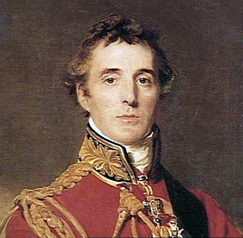We covered one paradox regarding blackmail in 2010: If it’s legal for me to reveal your secret, and it’s legal for me to ask you for money, why is it illegal for me to demand payment to keep your secret? In the words of Northwestern University law professor James Lindgren, “Why do two rights make a wrong?”
Here’s a second paradox: If you had initiated the same transaction — if you had offered to pay me for my silence, and I’d agreed — then we’d have the same outcome, but this time it’s legal. “It is considered paradoxical that the sale of secrecy is legal if it takes the form of a bribe, yet is illegal where the sale of secrecy takes the form of blackmail,” writes Loyola University economist Walter Block. “Why should the legality of a sale of secrecy depend entirely upon who initiates the transaction? Why is bribery legal but blackmail not?”
(Walter Block et al., “The Second Paradox of Blackmail,” Business Ethics Quarterly, July 2000.)



